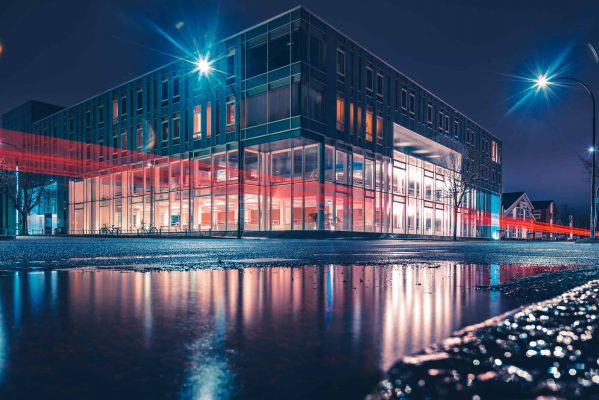Deep Learning opens up entirely new possibilities for image analysis
Detection of cracks in paint or concrete, categorization of tattoos or analysis of medical images. These are just a few examples of how artificial intelligence and machine learning techniques such as Deep Learning are providing completely new opportunities in industry and may be used for image analysis and text analysis in particular.
Today, the techniques give us everything from virtual assistants that can understand us, to self-driving cars capable of sensing their environment. Hear about the techniques when Henrik Pedersen, Head of the Alexandra Institute’s Visual Computing Lab, gives a presentation at Aarhus University Digital Innovation Festival from 5 to 12 April, 2019. Henrik will give his presentation on Wednesday, 10 April.
The great breakthrough of Deep Learning started 5-6 years ago and the success is due to the large volume of annotated data that we generate via our smartphones and by sharing photos on social media.
Annotated data is a way of telling the computer which photos contain a particular motive – and often where it is located in the photo. It could be anything from dogs and cats to other categories, such as people’s movements in connection with sports practice. You can use this for training a neural network to analyze dance steps or golf swings.
Deep Learning can especially be used to detect items in photos. This applies to everything from humpbacks to cars. It can be expensive and time-consuming if you have to look manually through large amounts of images, but the process can be automated by training a manual neural network.
However, creating annotated data is not without challenges, and researchers at the Alexandra Institute have therefore developed a new system that makes it easier to work with annotated data. Henrik Pedersen explains how these techniques may change the way we work with computer vision profoundly.
Hands-on workshopIf you are a software developer and want to go deeper, Henrik hosts a workshop on how to get started using the computer vision techniques. This will take place on Monday 8 April. The workshop is organized in collaboration with the Alexandra Institute and NVIDIA – the world’s largest producer of GPU-based graphics cards while powering the world’s smartest and most powerful supercomputer. Read more about the workshop here https://www.digitalinnovationfestival.dk/deep-learning-workshop/
The festival offers several free workshops and a two-day conference, where you can hear about the latest technologies, such as blockchain, IoT, AR, drones and artificial intelligence and many more. The festival is organized by Department of Computer Science, School of Engineering, Department of Engineering and School of Communication and Culture at Aarhus University.
See the full programme here https://www.digitalinnovationfestival.dk
There is a limited number of seats available, so register today!

